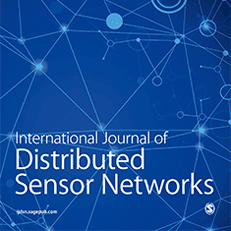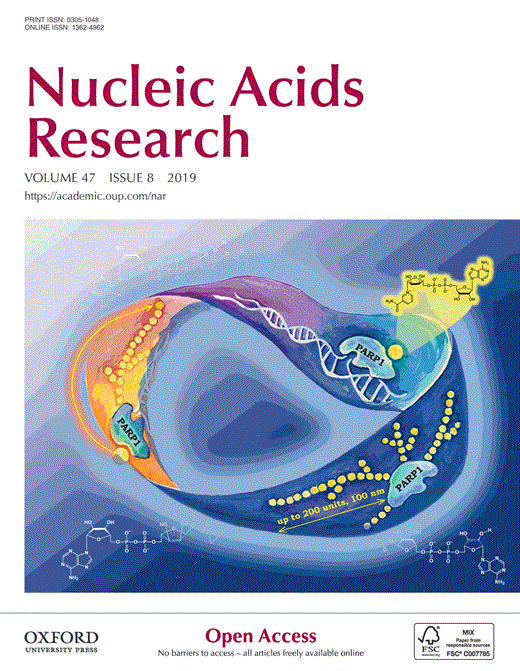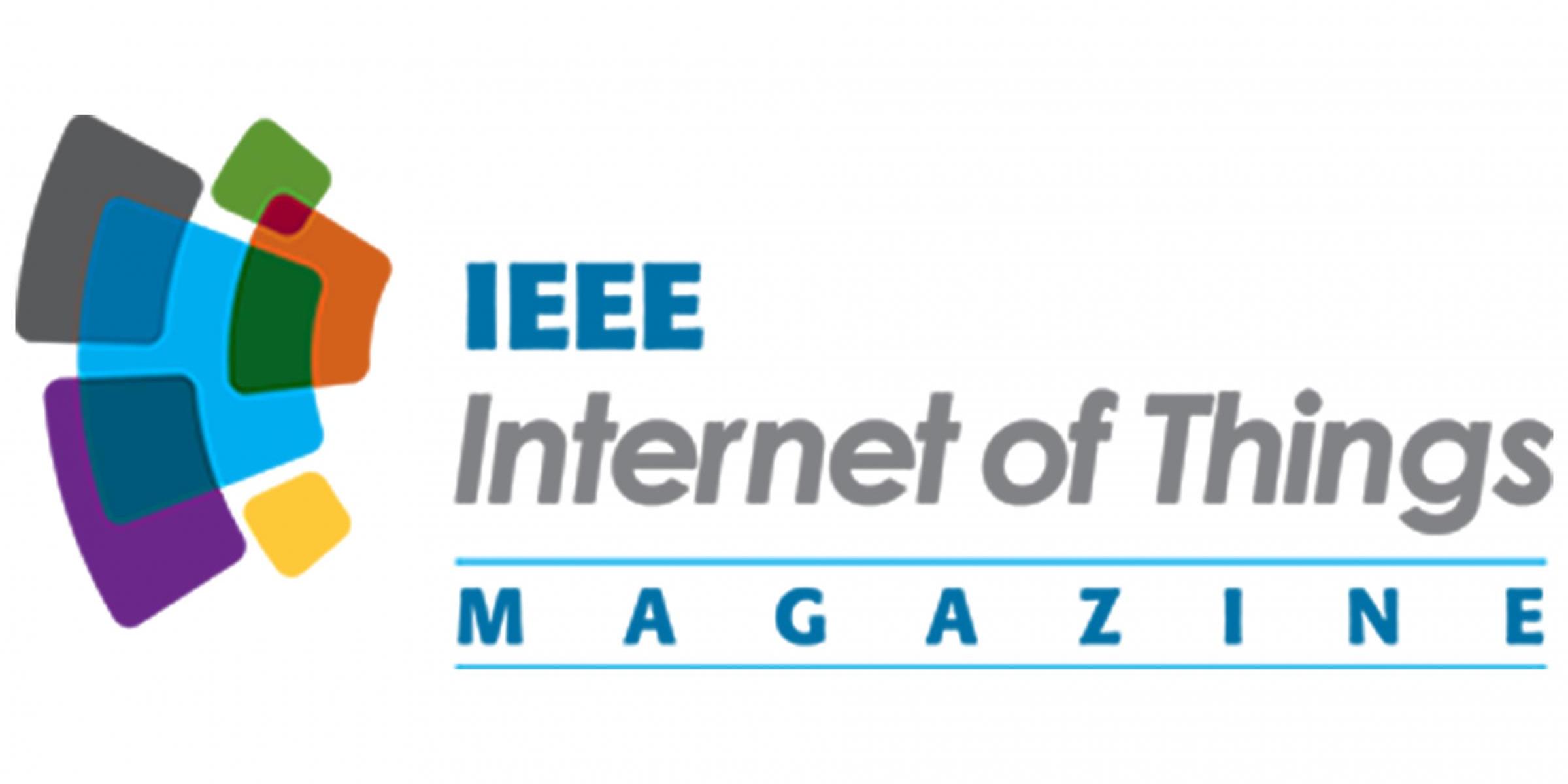LoRa has gained popularity in realizing IoT applications by facilitating long-range communication with low power consumption. However, LoRa faces scalability issues due to its unsophisticated random access (RA) protocol, Aloha, which is vulnerable to collision and not scalable in dense network scenarios. In contrast, distributed queuing (DQ), a collisionfree contention-based RA protocol, is a promising […]





Sep
Oct

The single-hop star-of-stars topology in low-power and wide-area networks (LPWAN) exhibits reliability and substandard coverage issues, especially in urban areas where line-of-sight (LoS) communication is difficult to achieve. Moreover, LPWAN trade-off the data rate to achieve longer coverage, preventing other end-devices from using the time resource. Locating other gateways is uneconomical as it requires infrastructure, […]
Jan
PcLoRa: Point-coordinating LoRa with new Channel Structure for massive, reliable and low-latency IoT
LoRa is an unlicensed band-based low-power and wide-area (LPWA) technology, which has great network resource constraints because of its limited available frequency resource due to narrow industrial scientific medical (ISM) band, long response time due to its low data rate and low resource utilization due to its primitive medium access control (MAC). This paper studies […]
Jan
The single-hop star-of-stars topology of current Low Power Wide Area Network (LPWAN) is simple and robust but still lack of network coverage because of signal attenuation. We present a forwarding mechanism to increase the coverage and re-liability of LPWAN. Two key characteristics of our approach are on-demand and opportunistic forwarding. While most previous studies adopt […]
Jun

Wireless local area network–based broadcasting techniques are a type of mobile Internet Protocol television technology that simultaneously transmits multimedia content to local users. Contrary to the existing wireless local area network– based multimedia transmission systems, which transmit multimedia data to users using unicast packets, a wireless local area network–based broadcasting system is able to transmit […]
Mar

HepG2 is one of the most widely used human cancer cell lines in biomedical research and one of the main cell lines of ENCODE. Although the functional genomic and epigenomic characteristics of HepG2 are extensively studied, its genome sequence has never been comprehensively analyzed and higher order genomic structural features are largely unknown. The high […]
Feb

K562 is widely used in biomedical research. It is one of three tier-one cell lines of ENCODE and also most commonly used for large-scale CRISPR/Cas9 screens. Although its functional genomic and epigenomic characteristics have been extensively studied, its genome sequence and genomic structural features have never been comprehensively analyzed. Such information is essential for the […]
Jul
As interest in cardiovascular disease increases, there is significant development in real-time healthcare services and devices. This paper suggests a machine learning-based arrhythmia diagnosis algorithm for mobile healthcare systems linked to a wearable electrocardiogram measurement device. The system monitors electrocardiograms in real time and distinguishes among arrhythmia, normal, and noise signals. By regular monitoring using […]
Jul
As interest in cardiovascular disease increases, there is significant development in real-time healthcare services and devices. This paper suggests a machine learning-based arrhythmia diagnosis algorithm for mobile healthcare systems linked to a wearable electrocardiogram measurement device. The system monitors electrocardiograms in real time and distinguishes among arrhythmia, normal, and noise signals. By regular monitoring using […]
May

In this study, we propose a contribution-level-based opportunistic flooding for multihop wireless networks. Traditional flooding techniques typically use fixed routing and predetermined relay nodes based on the assumption of fixed and reliable links. However, because of the inherent instability of wireless links, these approaches typically lead to fragile and unreliable broadcasting. To overcome this problem, […]


Recent Replies